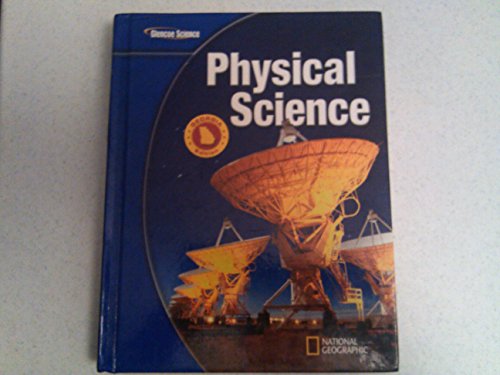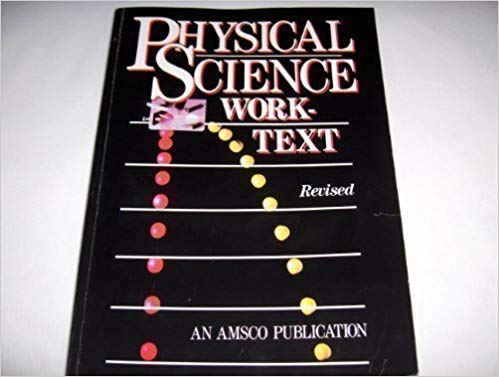Science Questions
The American Educator, Editors,
language
(A. J. Cornell Publications, Nov. 15, 2011)
Originally published in 1921 as the “Wonder Questions” feature of the multi-volume “The American Educator: Practical Help in Home and School,” this Kindle edition, equivalent in length to a physical book of approximately 60 pages, poses and answers (in simple English for young and old) 135 science questions covering such realms as astronomy, chemistry, and the human body, and such timeless queries as “why is the sky blue.”CONTENTSI. AstronomyII. BirdsIII. ChemistryIV. The Earth and Its AtmosphereV. Flowers and PlantsVI. GeologyVII. The Human BodyVIII. Nature StudySample question and answer:How does the caterpillar change into a butterfly?It seems strange that the crawling hairy worm we call a caterpillar could ever become the beautiful winged butterfly, but it is not so strange when we learn that when the caterpillar goes into its cocoon for the resting period it already has the beginnings of wings and butterfly legs. Just behind the head there are three pairs of tiny projections that become the feet and long legs of the butterfly, and if one of these is injured the developed insect will have an imperfect leg. The caterpillar also has a pair of folded buds that are to be the wings of the coming insect. During the caterpillar existence the creature eats and eats and eats, storing in its body food for the nourishment of the developing butterfly. After a time the caterpillar ceases to eat and envelopes itself in a hard, shiny case. In this it remains inactive for several weeks, but all the time its rudimentary wings and legs are developing, and it is being transformed into a flying creature. Finally the case splits open, and the perfect insect emerges. The butterfly looks small and forlorn when it first comes out, as its wings are closely folded against its body. In the air and sunshine, however, it soon becomes a lovely creature.





 S
S
 Y
Y

 T
T
 Q
Q


 O
O